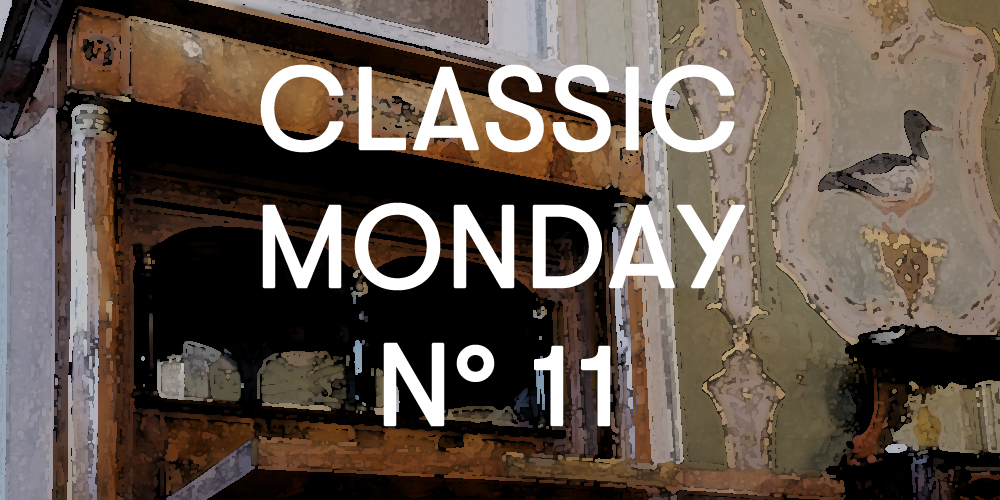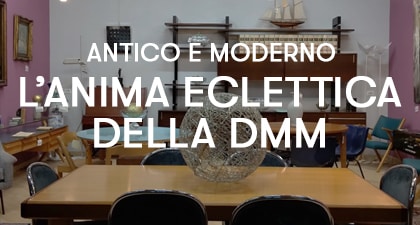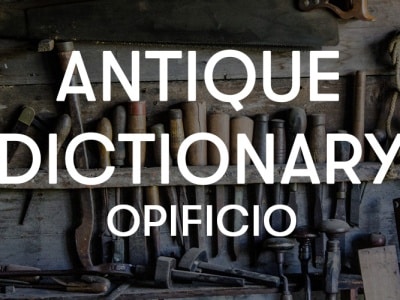
The secrétaire is a type of furniture that was born in the eighteenth century in France but whose production lasted throughout the following century, arriving until the early twentieth century.
A real evolution of flap furniture, the secrétaire was first appreciated by the aristocracy, while during the nineteenth century it was also adopted by the nascent bourgeoisie.
Although they had considerable economic possibilities, the bourgeois often resided in apartments or dwellings far from the size of the great noble palaces.
With the change of the spaces it was also necessary to change the furniture.
We are gradually witnessing the transition from purely representative furniture to more functional and smaller ones, so that they can be easily placed in the premises of private homes.

As the name suggests, the secrétaire was designed for office work, that of secretaries precisely.
Equipped with a folding top or doors, used as a support for reading and filling out cards, the peculiarity of this furniture is the presence of both simple drawers and real secrets, ie hiding places disguised as secret mechanisms (for example buttons or levers inside other drawers).
Inside them it was possible to hide the most important and confidential documents or, very often, even precious objects such as jewels.
The skill of the cabinetmakers who made these furniture was precisely in the ability to conceal as much as possible the presence of these hiding places, devising increasingly imaginative mechanisms to access the secret compartments.
If the use of the secrétaire was originally linked to purely work motivations, inherent in the conduct of diplomatic and economic affairs, and for this reason it was mainly placed in studies, over the years it was also used for private purposes. It is not unusual to find it in the bedrooms, used as a desk by ladies and inside which to hide their letters or jewelry.

The secrétaire were made in different types and according to various styles, differing both according to the geographical area, and according to the taste and fashion of the moment. The protagonist of our appointment with Classic Monday, was made in the second half of the nineteenth century in France, in the style of the Napoleon III Empire.
If on the outside it looks like a compact piece of furniture supported by plinth feet and equipped with three drawers, the opening of the flap shows a scribble with ebonized columns, mirrors and four drawers with the underlying secret.
The empire style, born in the early nineteenth century, came back into vogue less than a century later, appreciated for the simplicity and elegance of its forms, which somehow recall the architecture of the palaces and temples of classical antiquity.















